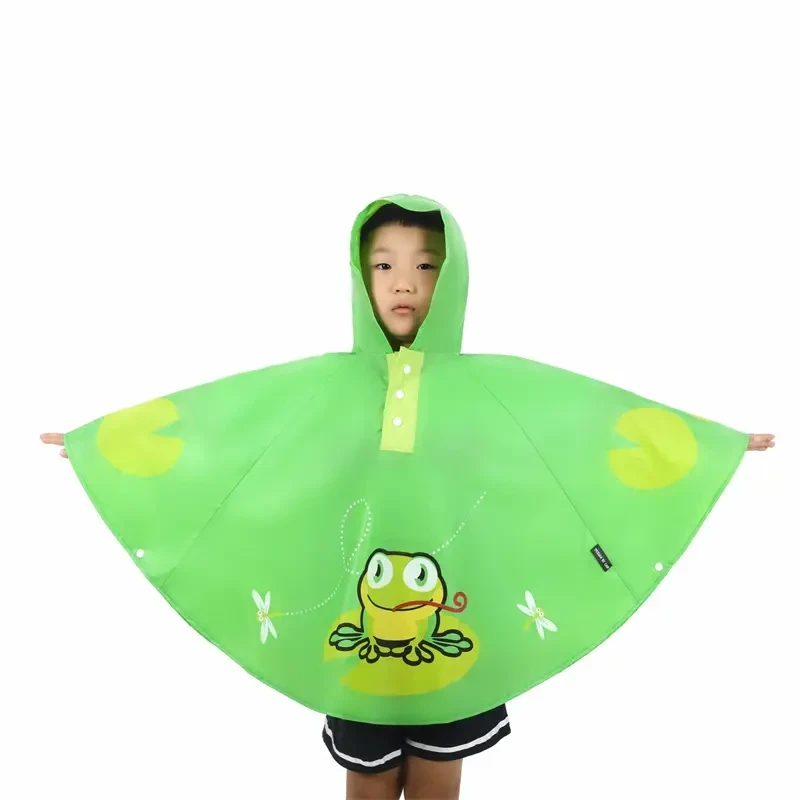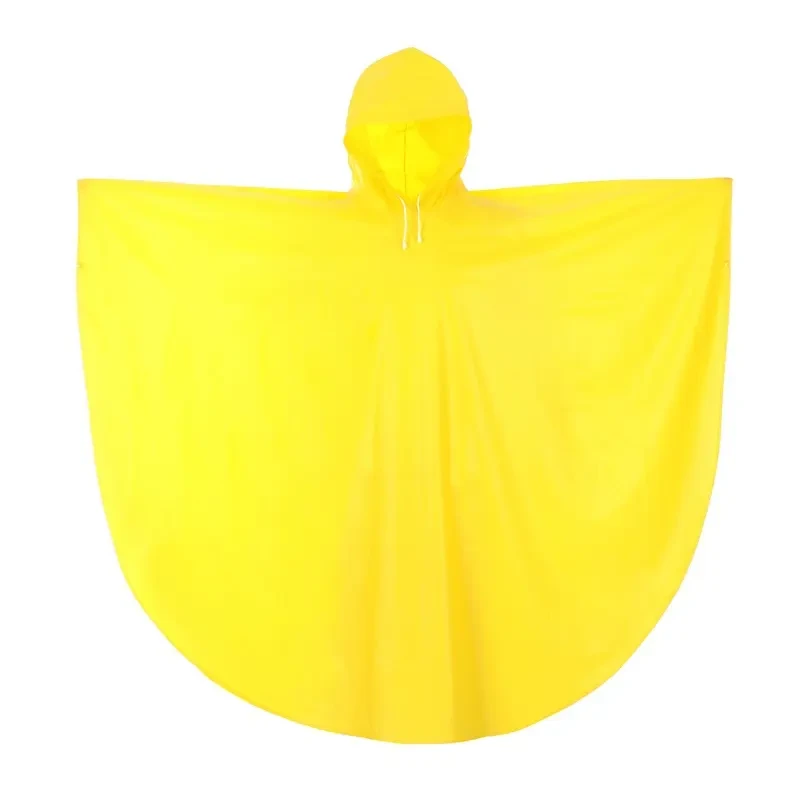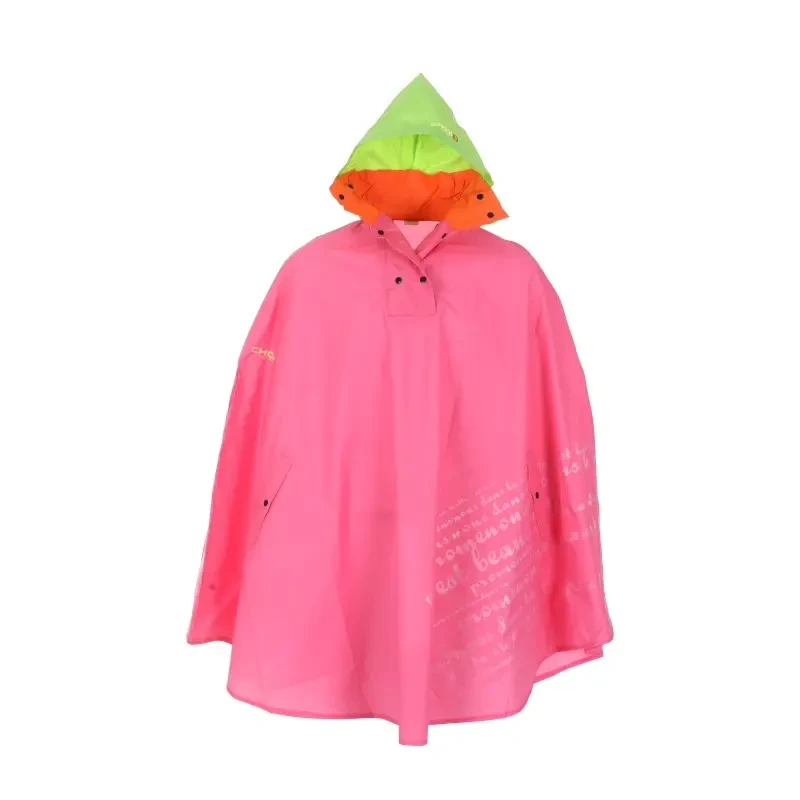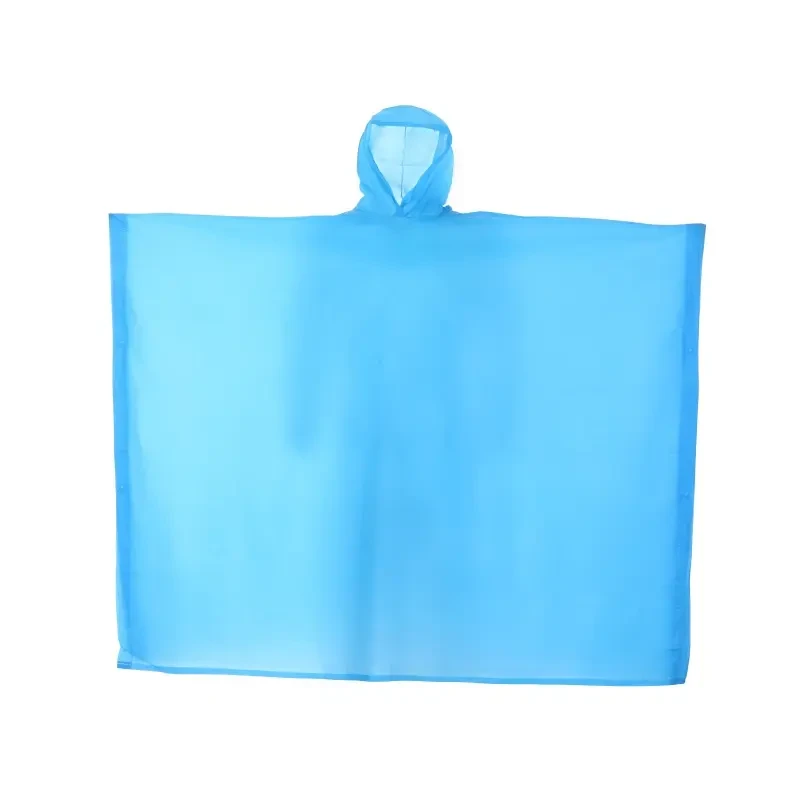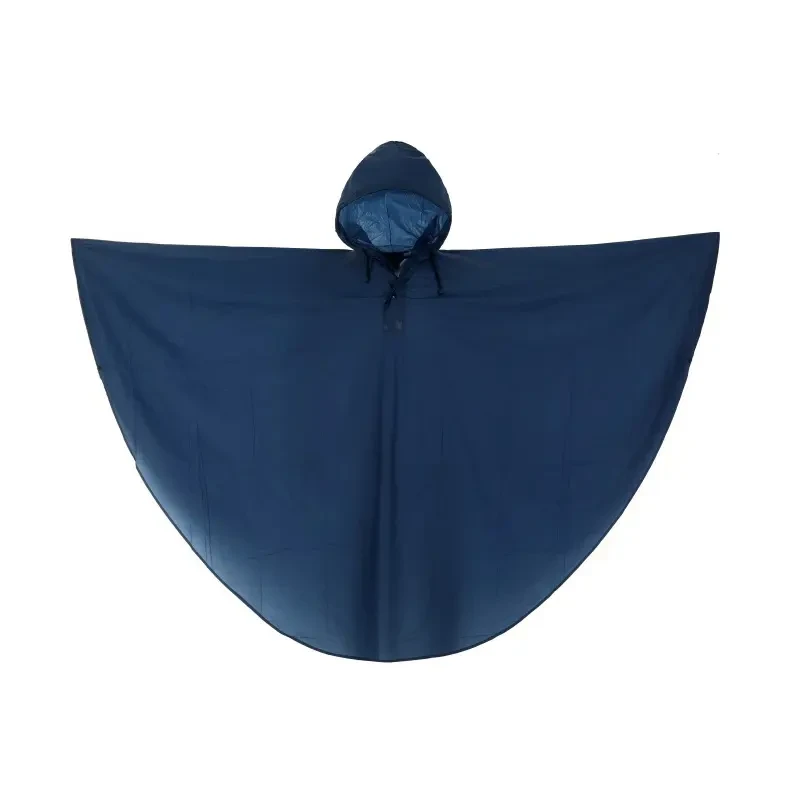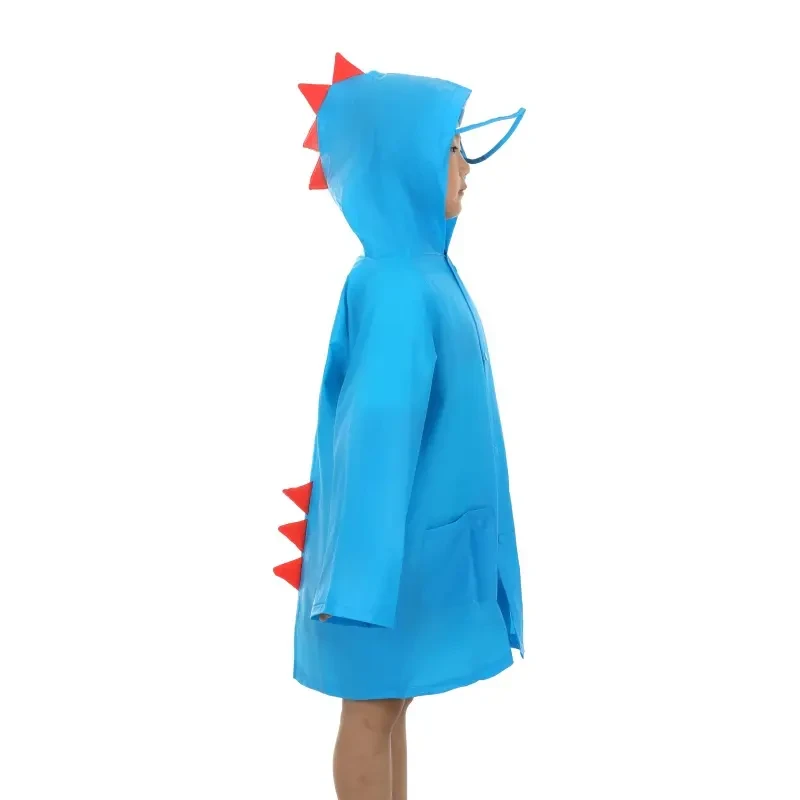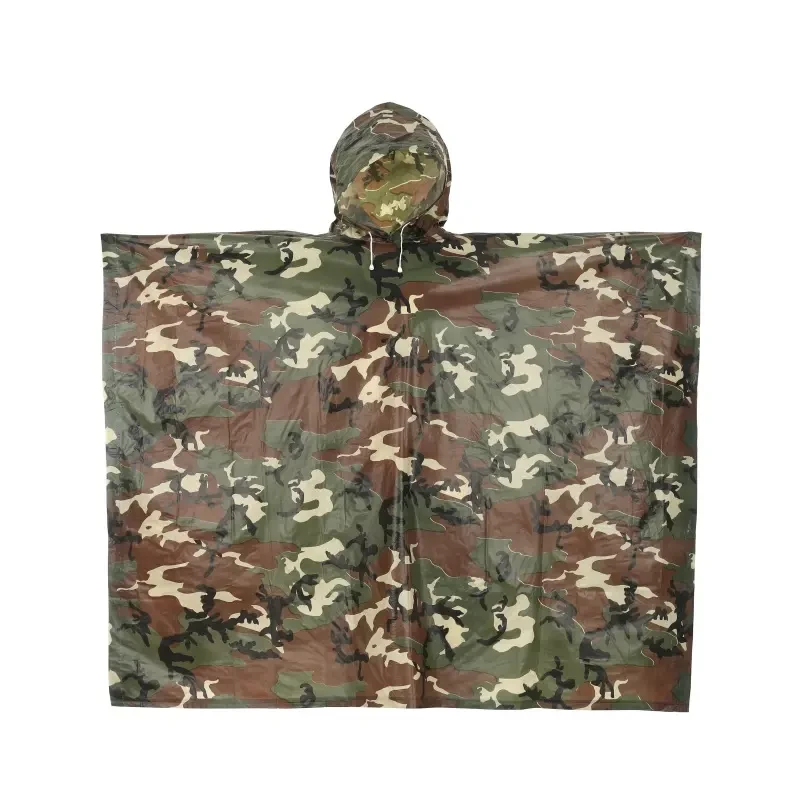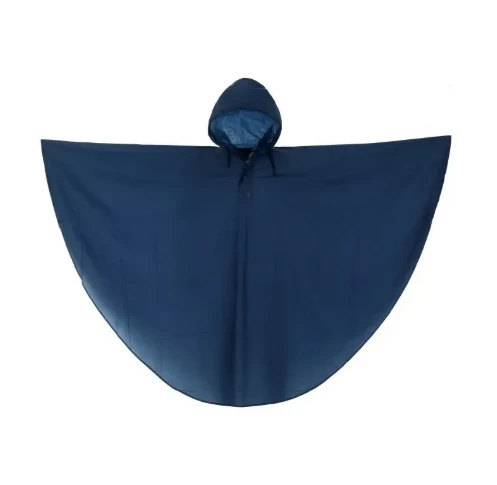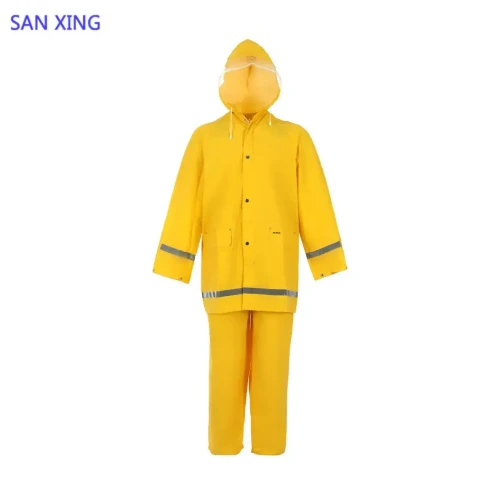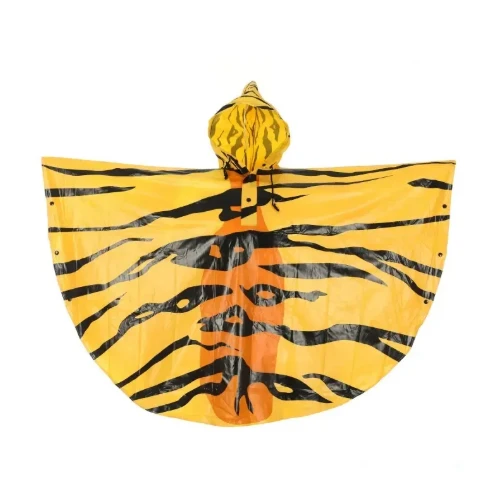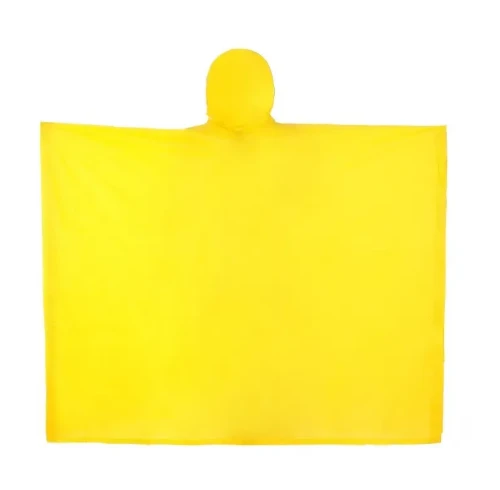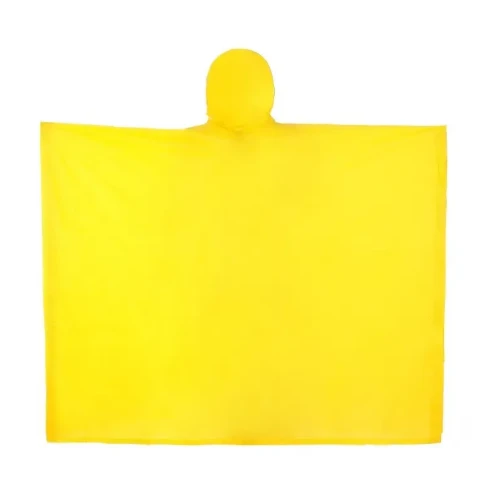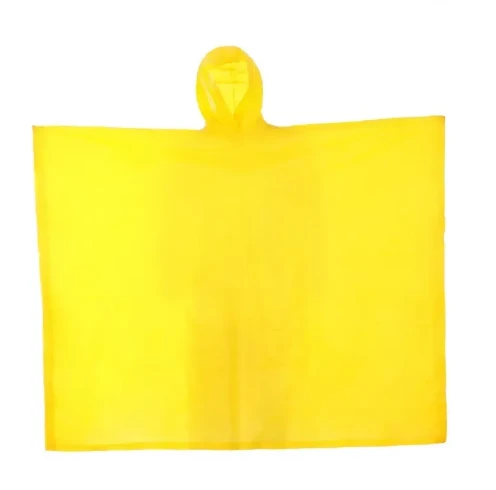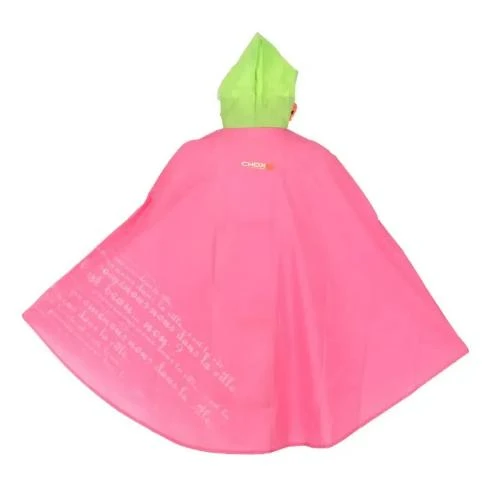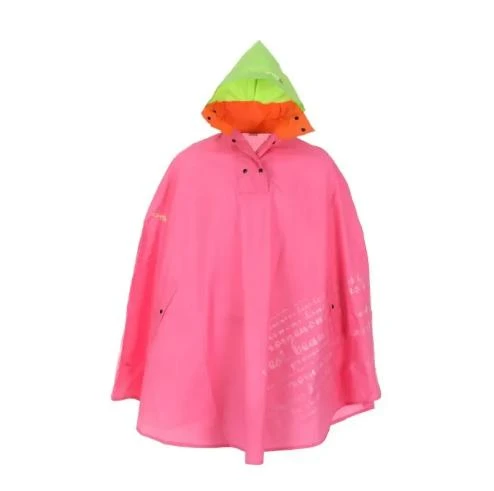
- Afrikaans
- Albanian
- Amharic
- Arabic
- Armenian
- Azerbaijani
- Basque
- Belarusian
- Bengali
- Bosnian
- Bulgarian
- Catalan
- Cebuano
- Corsican
- Croatian
- Czech
- Danish
- Dutch
- English
- Esperanto
- Estonian
- Finnish
- French
- Frisian
- Galician
- Georgian
- German
- Greek
- Gujarati
- Haitian Creole
- hausa
- hawaiian
- Hebrew
- Hindi
- Miao
- Hungarian
- Icelandic
- igbo
- Indonesian
- irish
- Italian
- Japanese
- Javanese
- Kannada
- kazakh
- Khmer
- Rwandese
- Korean
- Kurdish
- Kyrgyz
- Lao
- Latin
- Latvian
- Lithuanian
- Luxembourgish
- Macedonian
- Malgashi
- Malay
- Malayalam
- Maltese
- Maori
- Marathi
- Mongolian
- Myanmar
- Nepali
- Norwegian
- Norwegian
- Occitan
- Pashto
- Persian
- Polish
- Portuguese
- Punjabi
- Romanian
- Russian
- Samoan
- Scottish Gaelic
- Serbian
- Sesotho
- Shona
- Sindhi
- Sinhala
- Slovak
- Slovenian
- Somali
- Spanish
- Sundanese
- Swahili
- Swedish
- Tagalog
- Tajik
- Tamil
- Tatar
- Telugu
- Thai
- Turkish
- Turkmen
- Ukrainian
- Urdu
- Uighur
- Uzbek
- Vietnamese
- Welsh
- Bantu
- Yiddish
- Yoruba
jul . 05, 2025 06:04
- Introduction to rain gear
: necessity and evolution - Technological innovations driving rain gear performance
- Comparative analysis of leading rain gear brands
- Customization and fitting solutions for specific needs
- Application scenarios: From motorcycle riding to professional industries
- Data-driven insights about rain gear effectiveness
- Conclusion: Choosing the right rain gear for performance and safety

(rain gear)
Understanding the Importance of Rain Gear in Modern Living
As urban transportation and outdoor sports have become more prevalent, the demand for rain gear has escalated worldwide. Rain, while refreshing and necessary for ecological balance, can be a significant impediment for workers, riders, and adventurers alike. Whether commuting to work, traversing mountain trails, or riding a motorcycle, inadequate protection from rain can not only jeopardize comfort but also influence safety and health. According to a 2023 market survey by Statista, the global rainwear market reached an estimated value of $3.6 billion, with a projected CAGR of 5.1% from 2023 to 2028. Factors influencing these trends include shifting climate patterns, increased commuting by methods vulnerable to weather changes, and stricter work safety regulations. Over the past decade, rain gear has evolved from basic impermeable sheets to highly specialized products focusing on breathability, ergonomic design, and safety features, particularly for rain gear for men’s motorcycle enthusiasts and professional users.
Technological Innovations in Rain Gear: Materials and Design
Innovation in the realm of rain gear is largely driven by advancements in materials science and ergonomic design. The traditional rubberized coats are gradually being replaced by multi-layered laminates like Gore-Tex, eVent, and proprietary membranes that balance waterproofing with breathability. Modern textiles, such as nonporous polyurethane or hydrophilic materials, allow vapor to escape while preventing water ingress. Yellow rain gear has surged in popularity not just for visibility but also for incorporating reflective strips and fluorescent dyes that increase safety in low-light or rainy conditions. Major manufacturers now deploy ultrasonic welding rather than stitched seams to eliminate leakage points, and advanced coatings ensure that even after repeated use or abrasion, water resistance is largely maintained. For those searching rain gear for motorcycle riders, stretch panels and articulated sleeves enhance comfort and reduce fatigue during long rides. Additionally, anti-microbial linings help manage odor and moisture buildup, making modern solutions both practical and hygienic.
Comparative Analysis of Leading Rain Gear Brands
Selecting between prominent rain gear options requires a structured comparison of performance metrics, price, and user experience. Below is a data-rich comparative table featuring three industry leaders catering to motorcycle riders and broader consumer demographics:
| Brand | Waterproof Rating (mm) | Breathability (g/m²/24h) | High-Visibility Options | Average Price (USD) | Key Technology | Warranty (Years) |
|---|---|---|---|---|---|---|
| REV'IT! Cyclone 3 H2O | 10,000 | 8,000 | Yes (Yellow & Reflective) | $95 | Hydratex® 2L Laminate | 2 |
| Helly Hansen Helly Rain Suit | 5,000 | 5,000 | Yes (Bright Yellow) | $80 | PVC Polyamide blend | 3 |
| Alpinestars Hurricane | 8,000 | 7,000 | Yes (Neon Yellow Panel) | $110 | Polyurethane Coating | 2 |
The table above highlights that waterproof ratings and breathability, critical for comfort and dryness, vary considerably. For example, REV'IT! Cyclone 3 H2O makes a compelling case for performance, especially with its Hydratex® technology, whereas Helly Hansen focuses on high-visibility at a competitive price point. Alpinestars, favored for rain gear for motorcycle riders, balances moderate waterproofing with ergonomic enhancements.
Customization: Tailoring Rain Gear for Specific User Needs
No universal solution exists when it comes to optimal rain protection. Highly active users, like motorcyclists and field workers, often require tailored fits to accommodate body armor or personal dimensions. Manufacturers now offer bespoke sizing, blend options for materials, and a host of additional features such as detachable hoods or modular layers. Motorcycle rain gear, for instance, is often designed with extra-long sleeves, drop-tail hems, and adjustable leg cuffs to fit over riding boots. Customization isn't limited to fit—some manufacturers provide options for embedded company logos or operational markings, invaluable for corporate branding or emergency response teams. Additionally, color customizations, especially requests for yellow rain gear, are increasingly available, driven by occupational health and safety regulations mandating high-visibility apparel in hazardous conditions.
Case Studies: Rain Gear Applications in Real-life Scenarios
The efficacy of advanced rain gear is best illustrated through real-world applications across industries. For instance, a 2022 study on European postal workers demonstrated a 32% reduction in absenteeism related to weather after adopting high-breathability, waterproof rain suits. In the motorcycling community, user feedback collected by ADVrider forums reveals that 86% of riders report significant comfort improvement during long-haul rides—particularly with products offering stretch panels and moisture-wicking inner liners. Construction crews working in Scandinavian climates switched to modular yellow rain gear, leading to a 29% decrease in slip-related accidents. In the logistics sector, night-time delivery teams equipped with reflective rain gear achieved 25% improved visibility and a marked reduction in near-miss incidents. These case studies underscore the tangible safety, wellness, and productivity benefits of investing in high-quality, application-specific rain solutions.
Rain Gear By the Numbers: Evaluating Effectiveness
Quantitative analysis further affirms the critical role of specialized rain gear. According to a 2023 survey of 5,000 motorcycle riders in North America:
- 94% indicated waterproof breathability was the primary deciding factor for purchases
- 73% specifically sought high-visibility options, with yellow cited as the preferred choice for 58% of respondents
- 81% noticed a reduction in cold-induced fatigue when using lined, waterproof suits versus unlined versions
- Failure rates due to seam leaks dropped by 60% in products using welded seams compared to traditional stitching
Insurance claims related to slip-and-fall injuries in outdoor occupations fell by 16% after the adoption of high-friction, water-resistant boots and rain gear. These emerging statistics further illustrate how detailed product engineering directly translates to safer, more comfortable outdoor working or recreational environments.
Rain Gear: Making the Right Investment for All-Weather Performance
Choosing the ideal rain gear requires a holistic approach—balancing waterproof ratings, breathability, and tailored fit with user-specific needs and visibility requirements. Whether outfitting a motorcycle rider, a construction crew, or preparing for cross-country treks, the latest technological advances and customization options provide unprecedented protection from the elements. Data-backed evidence and head-to-head comparisons reveal that thoughtful investments in rain protection pay dividends in safety, productivity, and long-term satisfaction. As innovation and regulation continue to reshape the market, those who prioritize progressive rain gear solutions will experience both superior performance and peace of mind, regardless of the journey or job ahead.
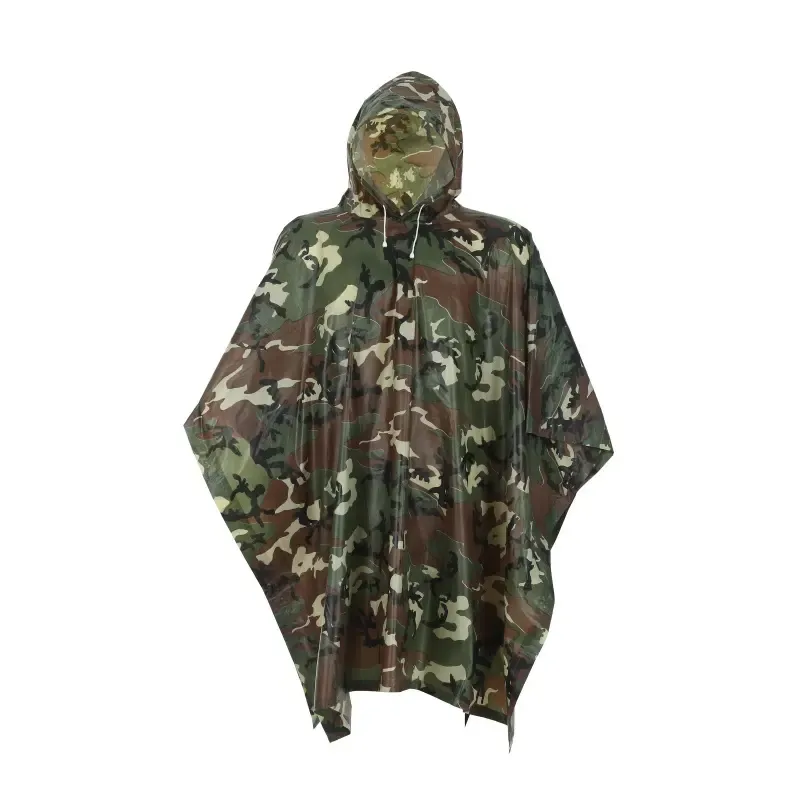
(rain gear)
FAQS on rain gear
Q: What is the best rain gear for men's motorcycle riding?
A: The best rain gear for men's motorcycles should be waterproof, breathable, and feature reflective strips. Look for suits specifically designed for motorcycle riders. Brands like Frogg Toggs and Oxford are popular choices.Q: Why choose yellow rain gear for rainy days?
A: Yellow rain gear is highly visible, making it safer for riding or walking in low-light, rainy conditions. It helps drivers spot you more easily. Many motorcycle rain suits are available in bright yellow for this reason.Q: What features should I look for in rain gear for motorcycle riders?
A: Choose rain gear with waterproof material, sealed seams, and adjustable closures. Vented designs help prevent overheating during rides. Reflective elements also enhance safety on the road.Q: Is rain gear for motorcycle riders different from regular rain gear?
A: Yes, motorcycle rain gear is designed to fit over riding gear, withstand wind, and resist water at high speeds. It also often includes extra protection and visibility. Regular rain gear may lack these specialized features.Q: Can I use rain gear for men's motorcycle riding for other outdoor activities?
A: Yes, motorcycle rain gear can be used for hiking, fishing, or outdoor work due to its durable and waterproof features. However, it may be heavier or bulkier than standard rain gear. Consider comfort and flexibility for other uses.Related Products
Related News



